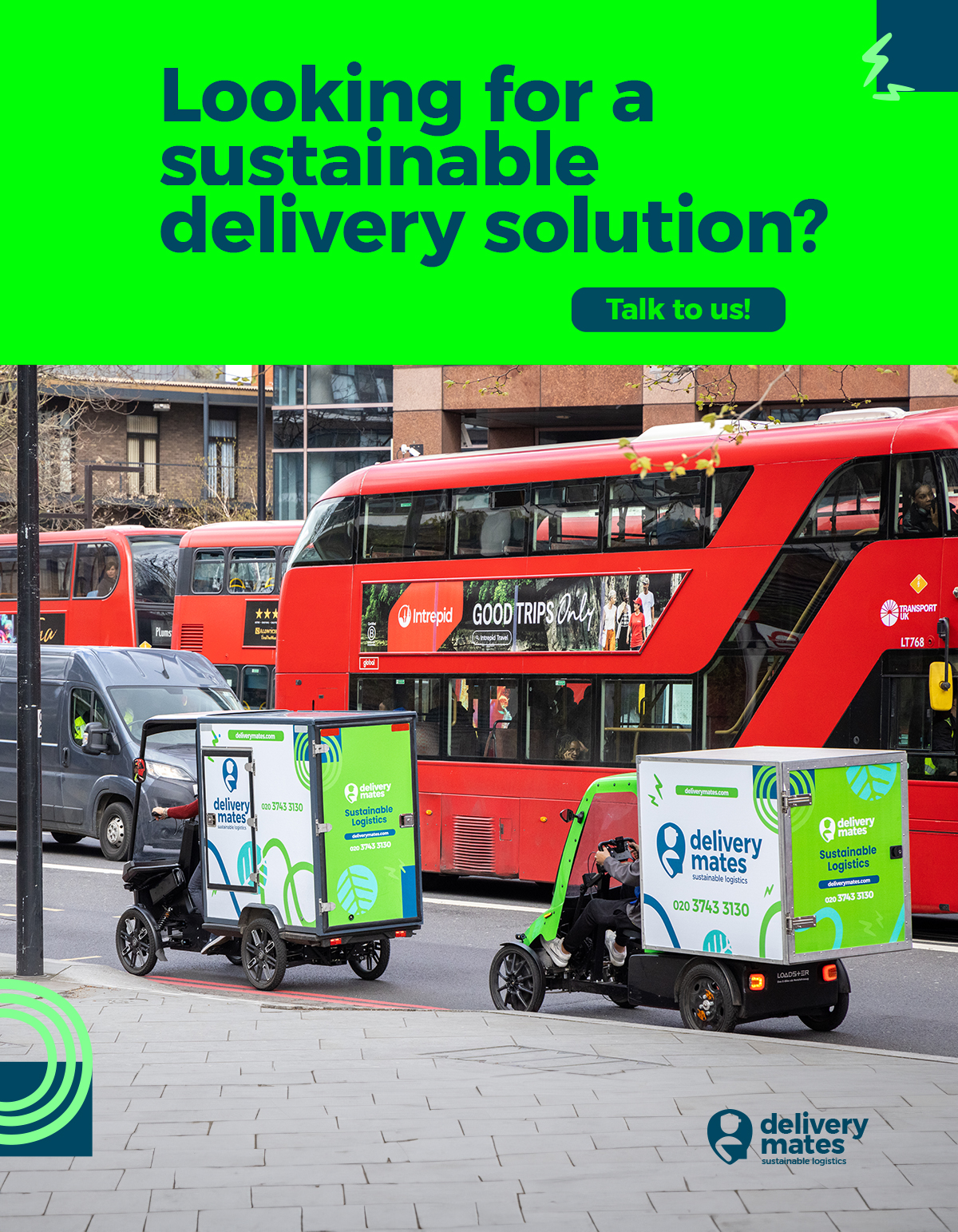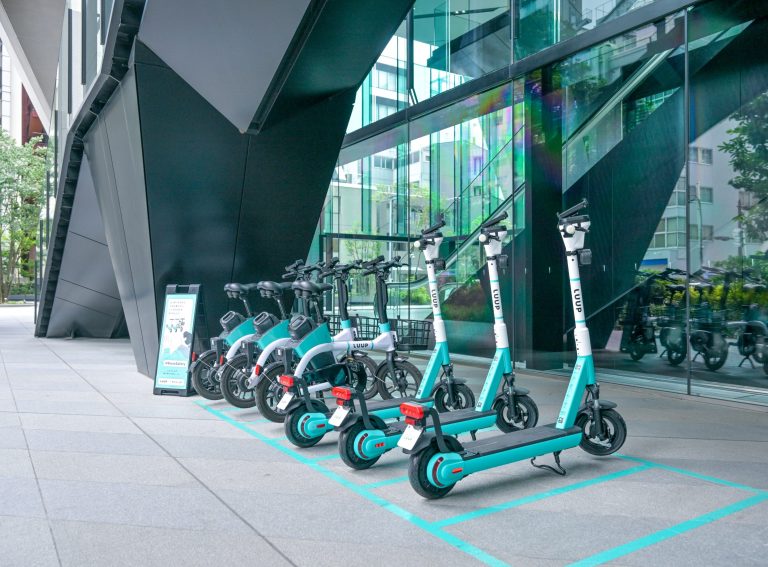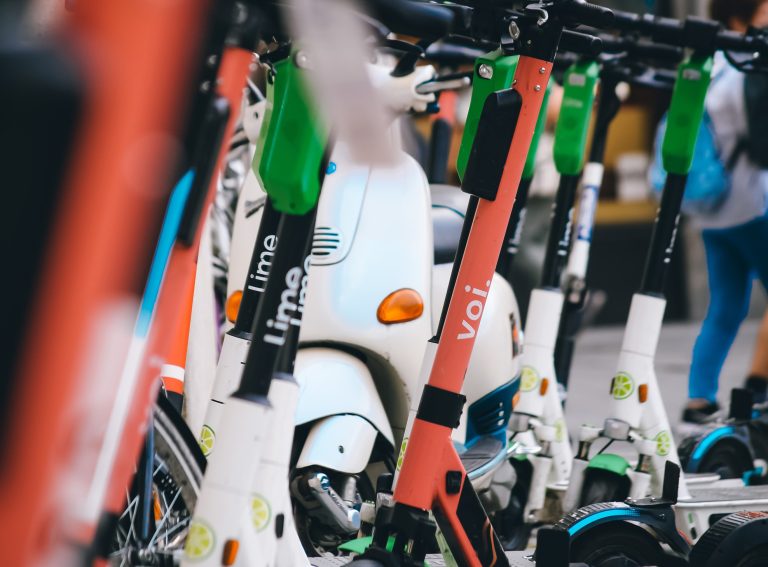E-scooter company Neuron Mobility has conducted a global study exploring the e-scooter gender gap for riders of rental e-scooters.
The operator evaluated surveys and interviews from over 10,000 Neuron riders across its locations in Australia, New Zealand, Canada and the United Kingdom.
The findings show that despite the narrowing gender gap – with a global rider demographic of 59% males and 40% females – the UK remains the slowest to move the needle. Britain has the widest gender gap where 75% of riders are male and 23% female.
“Our latest research shows many factors can influence how different genders adopt and use e-scooters in the UK,” Richard Hannah, Head of Operations at Neuron Mobility, told Zag Daily. “However there are a number of steps which can be taken to close the gender gap and improve overall adoption of rental e-scooters.”
Factors range from infrastructural issues such as lack of protected lanes and well-marked parking stations, to differences between genders like the unequal distribution of domestic tasks and the suitability of women’s clothing and footwear.
On the domestic tasks, a higher number of females shouldered responsibilities such as the weekly supermarket shop and caring for young family members. These specific tasks were less suited to
e-scooters due to the need to transport goods, and also because e-scooters are not suitable or legal to carry more than one passenger.
There are also distinct variations in risk tolerance between genders. Female riders tend to more greatly prioritise safety, while male riders are more interested in the speed and handling of the e-scooters. Women expressed that e-scooters felt safer when travelling alone at night, thereby enhancing their sense of personal security compared to walking or using public transport.
City infrastructure is further highlighted as playing a crucial role in e-scooter adoption rates. Neuron’s global focus groups identified that the vast majority of riders (73%) called for cities to provide more protected lanes, stating they would significantly increase ridership.
Advancements in e-scooter design, construction, and regulation, as well as the change in perception of e-scooters from niche ‘boys toys’ are all reasons why the mode is becoming a widely accepted mainstream transportation choice.
“By learning from successful rental e-scooter programmes and working closely with policymakers, urban planners, and city transport teams, we are striving to create more inclusive and accessible e-scooter programmes that cater to the diverse needs of all riders in the UK,” said Hannah.




